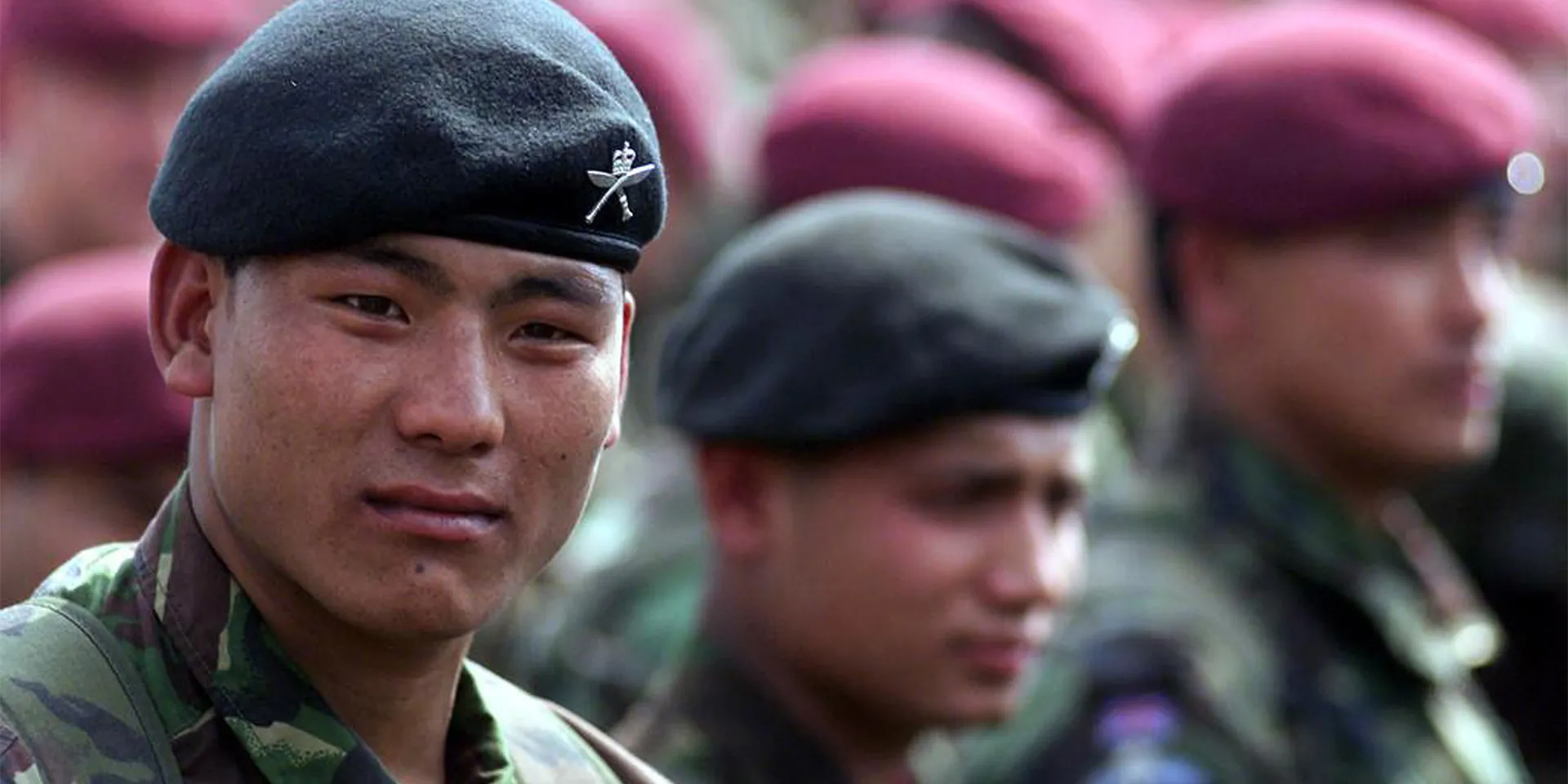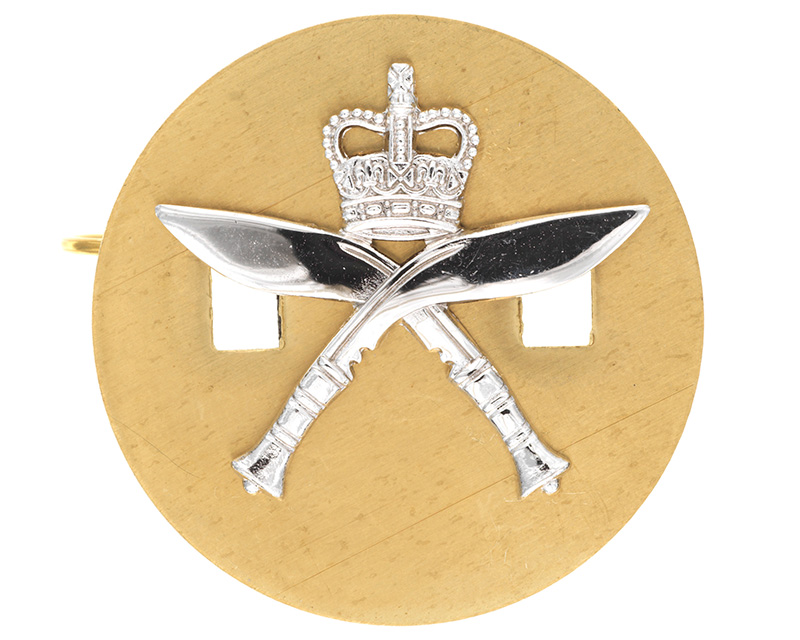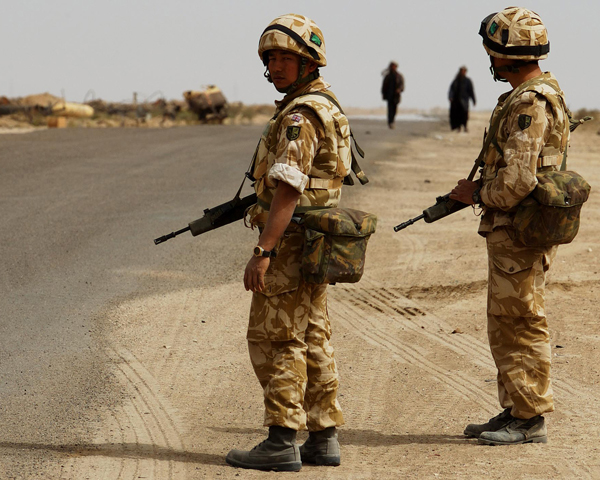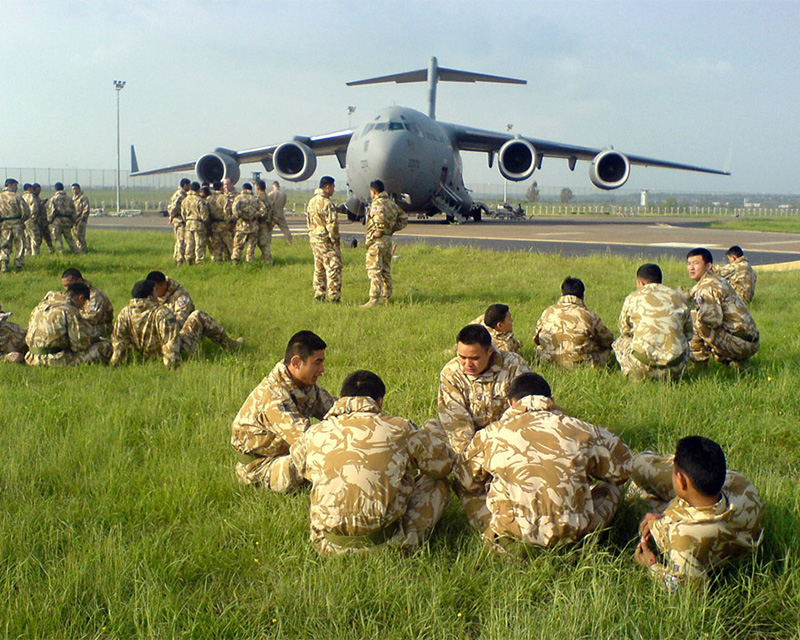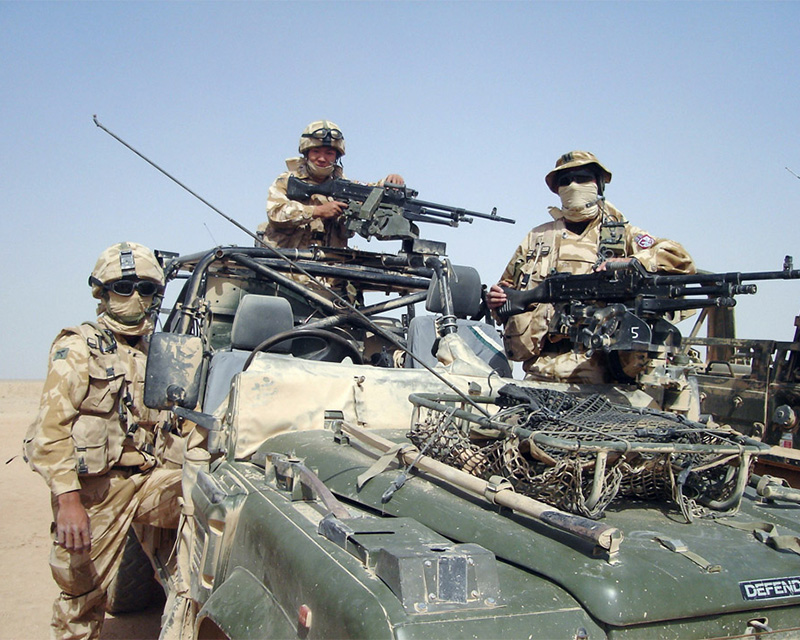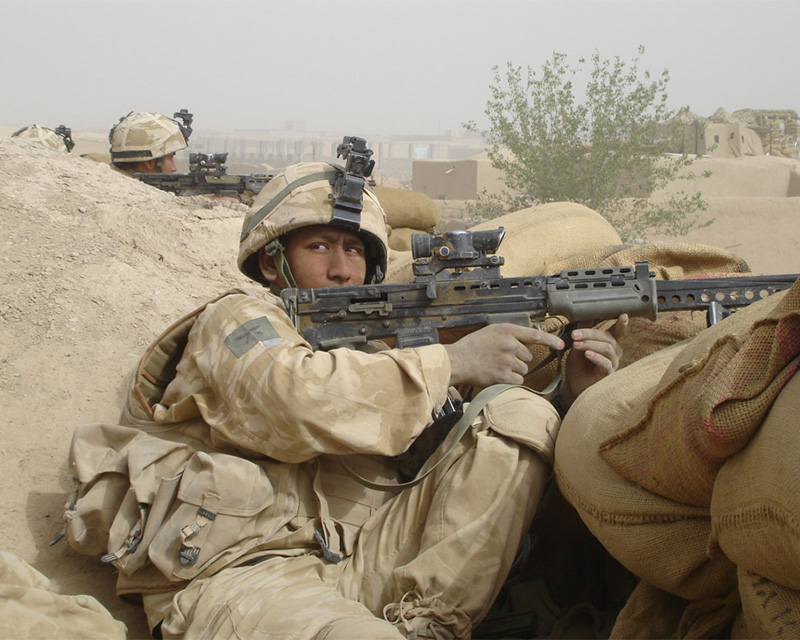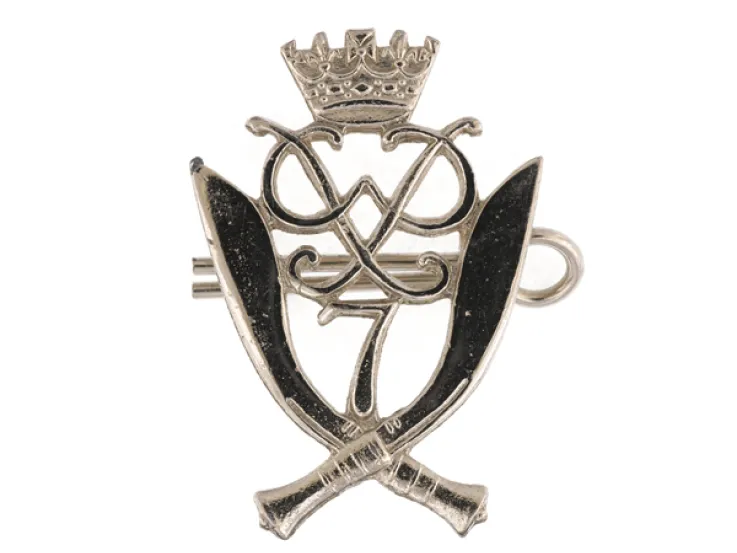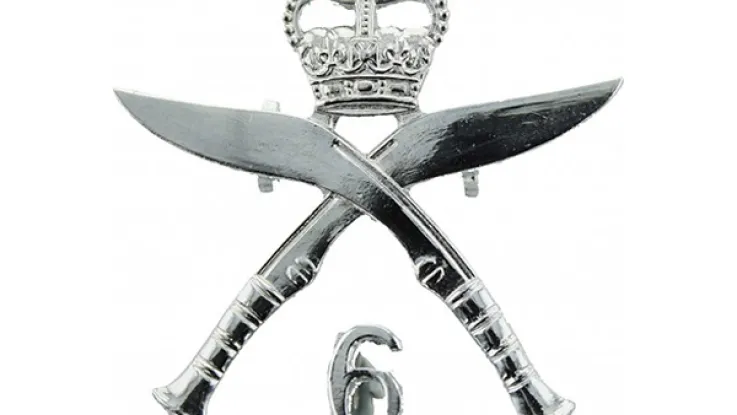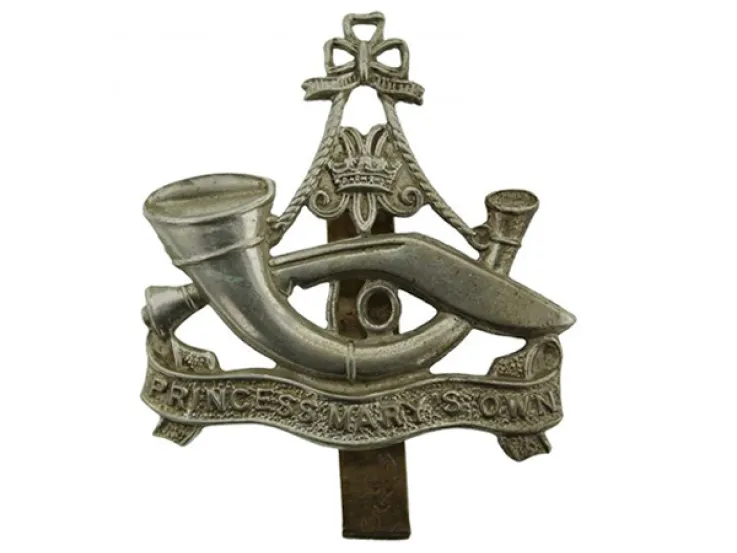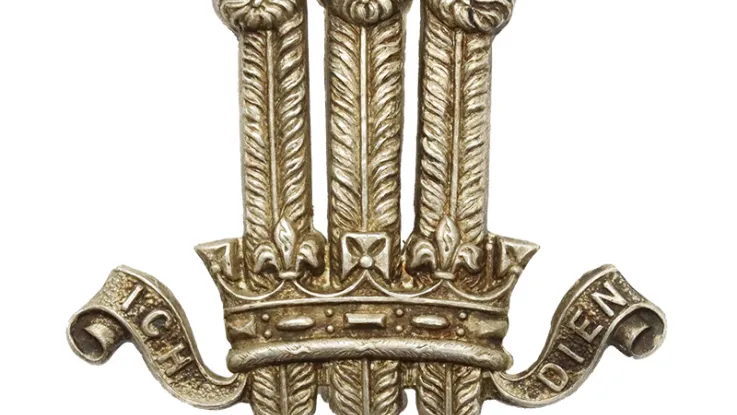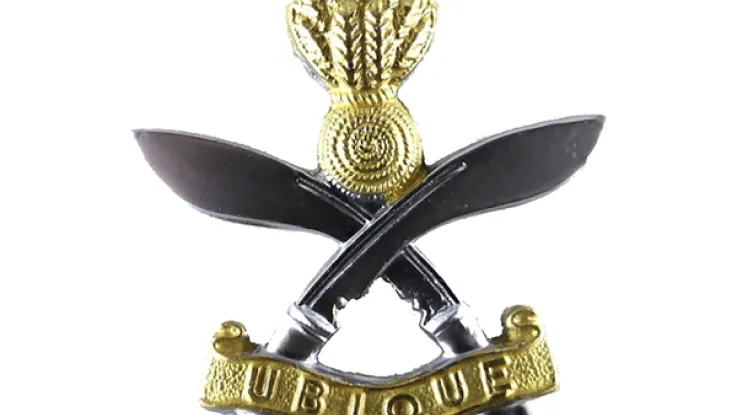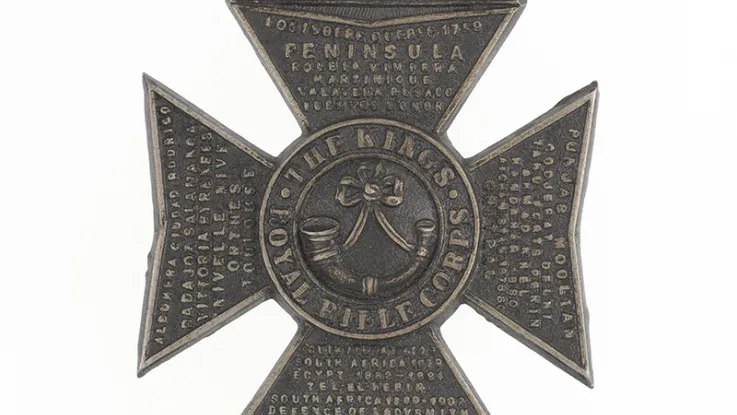Origins
This regiment was formed in 1994 by merging four Gurkha units of the British Army: the 2nd King Edward VII's Own Gurkha Rifles (The Sirmoor Rifles), the 6th Queen Elizabeth's Own Gurkha Rifles, the 7th Duke of Edinburgh's Own Gurkha Rifles and the 10th Princess Mary's Own Gurkha Rifles.
Initially, these units were amalgamated into a three-battalion regiment. The new 1st and 2nd Battalions were in Hong Kong at the time, while the new 3rd Battalion was in England.
In 1996, 3rd Battalion merged into 2nd Battalion, while stationed in Brunei. This was part of wider changes brought about by Britain’s impending handover of Hong Kong to China.
The following year, the Gurkha Brigade’s headquarters moved from Hong Kong to the United Kingdom (UK). A memorial to the Gurkha soldier was erected in Whitehall to mark the occasion.
'Bravest of the brave, most generous of the generous, never had country more faithful friends than you.'Sir Ralph Turner MC, quoted on the Gurkha Memorial
Composition
The Royal Gurkha Rifles (RGR) is mainly composed of soldiers recruited in Nepal, serving under officers from across the UK and Commonwealth. All officers are expected to speak Nepali and are sent on a language course in Nepal as part of their training.
Lieutenant-Colonel Bijaykumar Rawat became the first Nepali to command a Gurkha infantry battalion when he took over as commanding officer of 1st Battalion RGR in 1995.
Deployments
The regiment has taken part in peacekeeping, training and rescue operations in Bosnia (1997 and 2003), Kosovo (1999), East Timor (2000), Sierra Leone (2002), Ivory Coast (2004), Kenya (2017-18), Malawi (2019) and Australia (2022).
A company of Gurkhas also served during Operation Telic on detachment with The Royal Irish Regiment in Iraq in 2003.
Both battalions of the Royal Gurkha Rifles undertook several combat and mentoring tours in Afghanistan during Operation Herrick and Operation Toral. 1st Battalion served there in 2006-07, 2010, 2012-13 and 2018-19; 2nd Battalion in 2001, 2003-04, 2005, 2008-09, 2011-12 and 2016.
Today
The RGR currently consists of two battalions, one permanently based at Shorncliffe in England, and the other at Seria in Brunei.
A new 3rd Battalion was created in 2020 to serve in a specialist infantry role. However, this was disbanded the following year as part of the British Army's 'Future Soldier' reforms.
It also provides the personnel for two companies that serve with the recently established Ranger Regiment. G (Coriano) Company had been part of the short-lived 3rd Battalion, while F (Falklands) Company was newly formed in 2021.
Regimental museums
The National Army Museum works with a network of Regimental and Corps Museums across the UK to help preserve and share the history and traditions of the Army and its soldiers.
Discover more about The Royal Gurkha Rifles by visiting The Gurkha Museum in Winchester.

